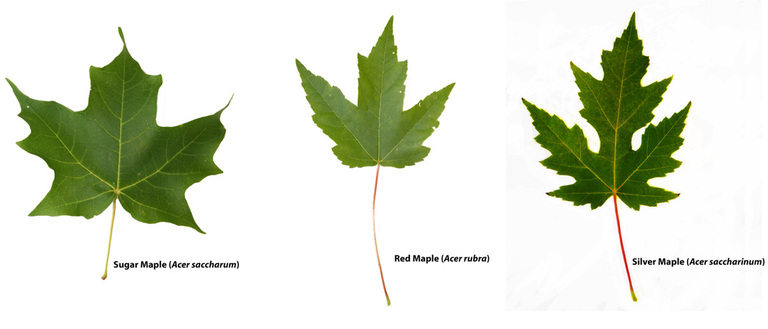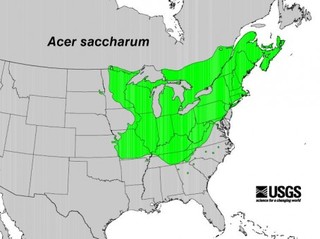There are 125 species of maple trees throughout the world; most hailing from Asia. Six of these species call Pennsylvania home. They belong to the genus Acer. Most are deciduous, but a few native to the warm climes of southern Asia do not shed their leaves.
The sugar maple is dominant in this area of the trail, and is the typical maple tree that comes to mind for many people. It is known for its beautiful fall colors, which turn from green to bright gold to rich red in the fall. It is also one of the tallest maples, growing up to 60-100 feet tall.
Quick Fact
Large quantities of sap are collected from January to April by industries to manufacture maple syrup (black maple is also a major source for the syrup).
The sugar maple is dominant in this area of the trail, and is the typical maple tree that comes to mind for many people. It is known for its beautiful fall colors, which turn from green to bright gold to rich red in the fall. It is also one of the tallest maples, growing up to 60-100 feet tall.
Quick Fact
Large quantities of sap are collected from January to April by industries to manufacture maple syrup (black maple is also a major source for the syrup).
From
Maine to Tennessee, New England to Minnesota, their native range is mainly in
the eastern region of the United States.
If you want to learn more about the sugar maple, its role in the ecosystem, and the immediate threats it faces, click the link below.
Location |
|

